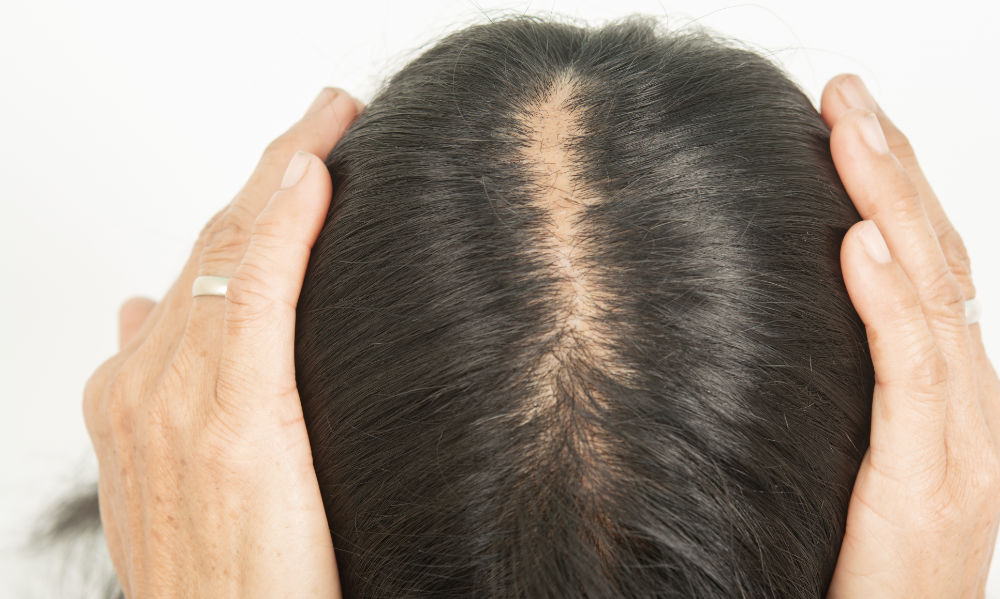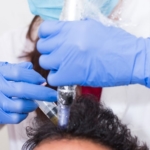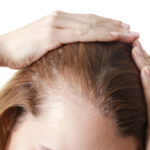-
Hair Loss Treatments
PRP Hair Treatments
PRF Hair Treatments
HSS Exclusive Treatments
-
Hair Transplants
Hair Transplant
-
Skin Treatments
PRP Skin Treatments
PRF Skin Treatments
HSS Exclusive Treatments
-
Cosmetic Injectables
Bio Remodelling





